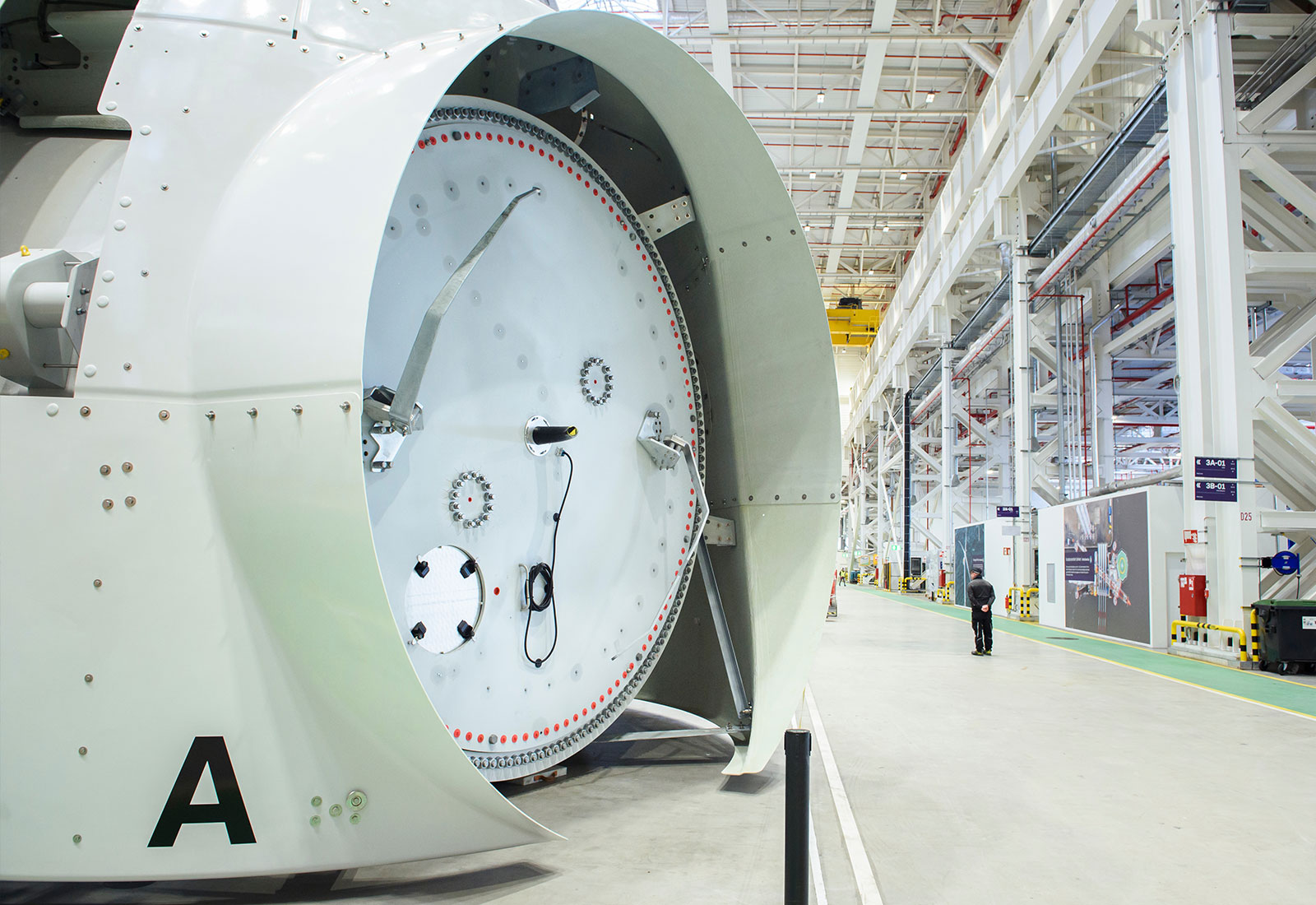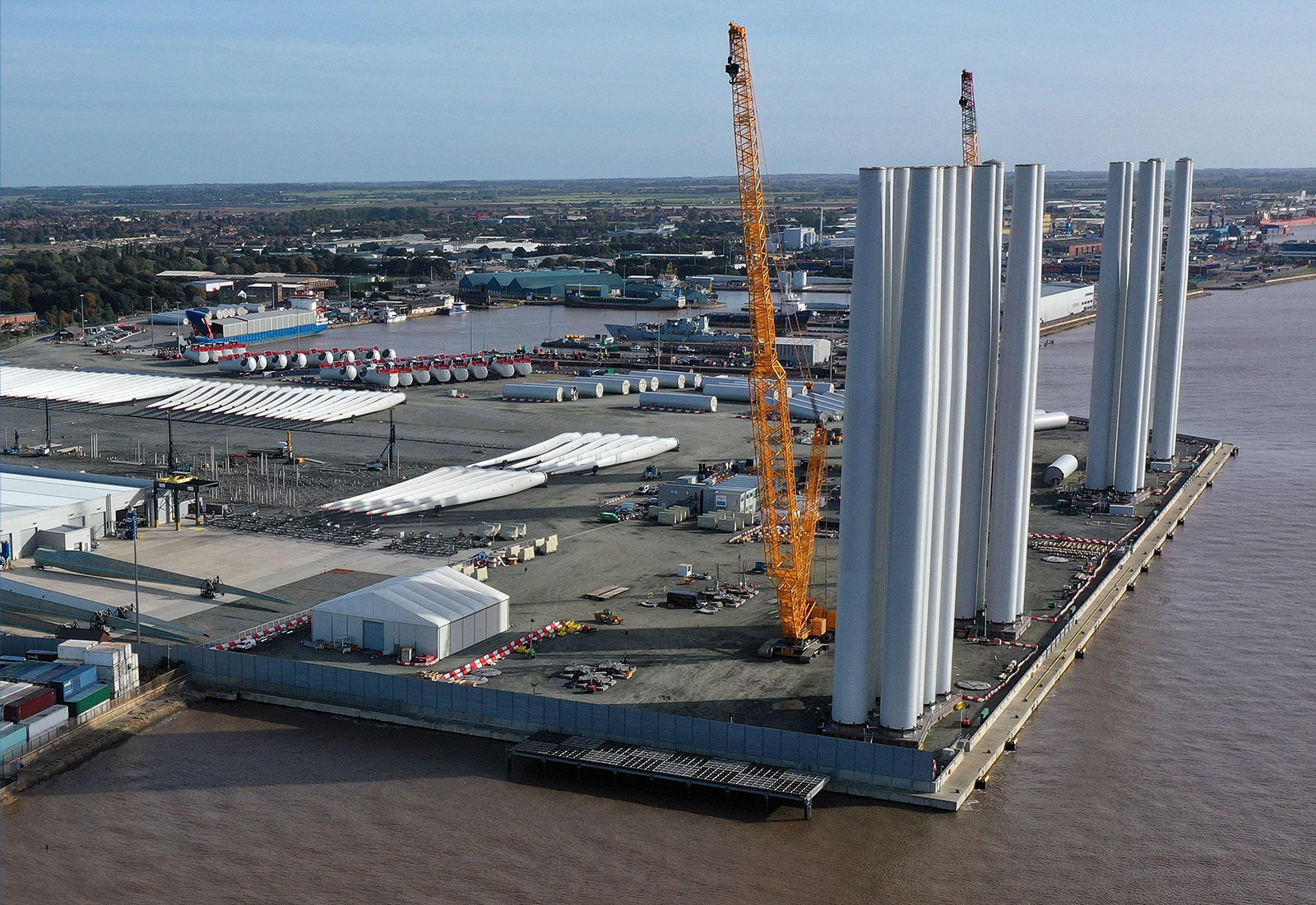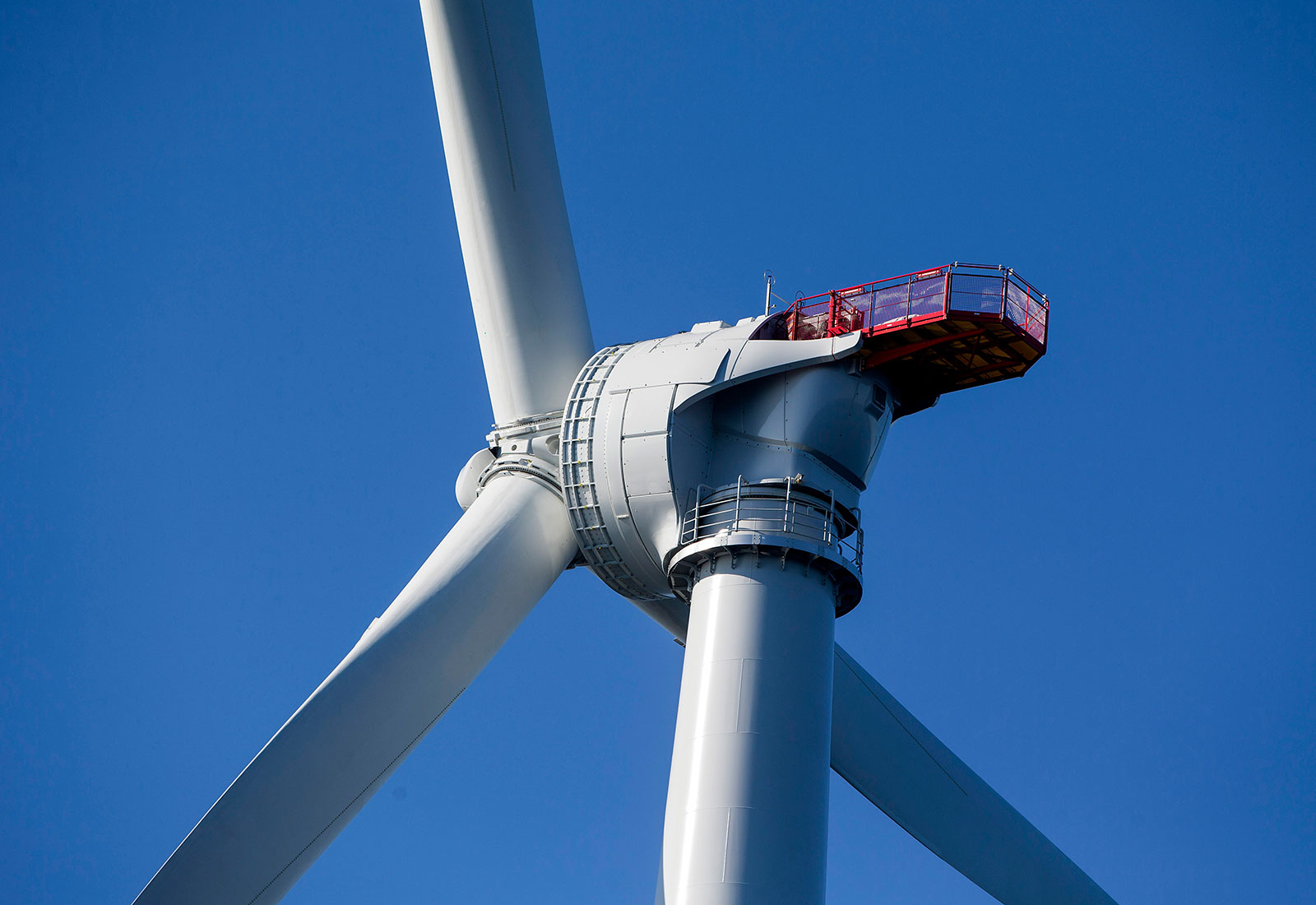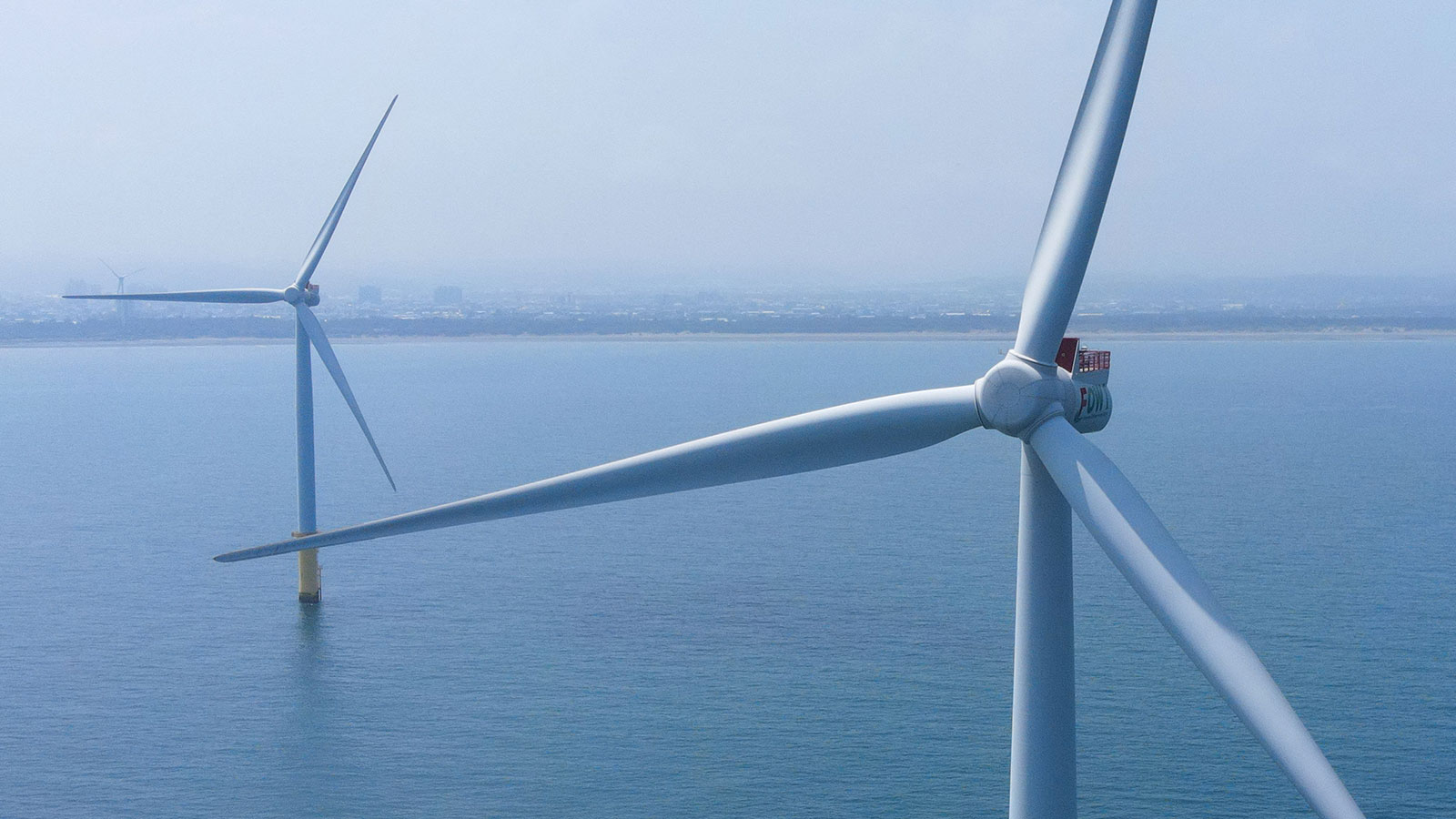For more than a decade, an Australian company called Arafura Rare Earths has been looking for customers willing to buy rare earth metals from a mine under development in the nation’s Northern Territory. In April, it secured one of its biggest clients yet.
Siemens Gamesa, one of the largest offshore wind turbine makers in the world, signed an agreement to purchase hundreds of tons of rare earths from Arafura, beginning in 2026, to make giant magnets for its seagoing turbines. The reason a major manufacturer entered a contract with a mining company that isn’t mining anything yet? As CEO Jochen Eickholt told Reuters, Siemens Gamesa is almost 100 percent reliant on China for rare earth magnets — and its customers want to change that.
Rare earths are a group of 17 elements with chemical properties that make them useful for a range of high-tech applications. Because of geological good fortune and early manufacturing investments, today China dominates the rare earth supply chain, producing more than half of the world’s raw rare earths and over 90 percent of the powerful rare earth magnets used in consumer electronics, electric vehicle motors, and offshore wind turbine generators. While the magnets inside smartphones might weigh a couple of grams, those inside wind turbines can tip the scales at several tons. Given the industry’s large and fast-growing rare earth needs, European and U.S. wind companies are anxious to secure future supplies — as well as suppliers in countries that have better relationships with the West.
There are already several large rare earth miners outside of China, including California’s MP Materials and Australia’s Lynas Rare Earths, and Western nations are working to set up additional processing and magnet-making capacity. But it remains to be seen whether emerging supply chains will be able to produce magnets at the scale and cost needed to help offshore wind flourish.
“The world is playing catchup, and it’s an expensive game,” David Abraham, a rare earth analyst and author of The Elements of Power, told Grist.
To understand why the offshore wind industry needs rare earth metals, you have to understand how a turbine works.
Wind turbines are essentially steel towers topped with long, propellor-like blades. As the wind blows, those blades twirl around a rotor hub, which spins a generator to produce electricity. Most land-based turbines use an electromagnetic generator, in which copper coils rotate through a magnetic field to produce electricity. But another option, popular in offshore wind, is a permanent magnet generator, which contains an enormous ring of brick-shaped rare earth magnets that spin with the rotor to produce electricity.

There are many reasons the offshore wind sector has embraced permanent magnet generators, but a key one is their efficiency. “The performance of a permanent magnet generator is really quite good — the power density is better than we can get with a copper wound machine,” Michael Derby, program manager with the Wind Energy Technologies Office at the U.S. Department of Energy, or DOE, told Grist.
More efficient permanent magnet generators, Derby said, can be “smaller and therefore lighter and potentially less costly,” all of which make them attractive to developers building massive, expensive machines in the ocean. This is especially true due to another trend in offshore wind: The use of a “direct drive” turbine design, in which the generator connects straight to the rotor, as opposed to connecting via an intermediate gearbox that speeds up the generator’s rotation.
The gearbox is a high-maintenance component, and eliminating it has advantages offshore, where it’s not easy to conduct routine repairs. But generators lacking a gearbox spin more slowly, meaning they must be physically larger to produce the same power. In this case, “every little performance advantage you can get” by using a permanent magnet generator “really manifests itself,” Derby said.
Permanent magnet generators have one big drawback, though: They need a lot of rare earths. A large direct drive offshore wind turbine equipped with one of these generators can contain upwards of 5 tons of magnets, according to Alla Kolesnikova, the data and analytics lead for the critical minerals research firm Adamas Intelligence. While rare earths only represent about 30 percent of the weight of these magnets, that can still add up to hundreds of pounds of the rare earth metal neodymium — and often, smaller amounts of the heavy rare earths dysprosium and terbium — per megawatt of electricity produced.
Those quantities multiply quickly when you consider the number of offshore wind turbines needed to help nations reach their climate targets.

Take the U.S., where the Biden administration has set a goal of installing 30 gigawatts of offshore wind, enough to power about 10 million homes, by 2030 to help the nation reach net-zero emissions by 2050. Recent modeling work by the National Renewable Energy Laboratory found that in a scenario where the U.S. reaches that 2050 goal, the wind industry’s neodymium demand would consume over 90 percent of the neodymium produced domestically in 2020. And wind is just one application — neodymium is also required for the magnets used in electric car motors, consumer electronics, and defense technologies. By 2050, “there’s going to be greater demand for everything,” Derby told Grist.
With demand rising not just in the U.S. but globally, Adamas Intelligence recently forecasted the world could face a shortfall of 90,000 metric tons per year of neodymium-praseodymium oxide, the rare earth alloy used to make magnets, by 2040.
Limited supplies of rare earths are one concern for the wind industry. Another is the reality that nearly all rare earth processing and magnet-making takes place in China today. Daan de Jonge, a rare earth analyst at the research firm Benchmark Mineral Intelligence, said that rare earth-reliant industries are increasingly concerned about how “tensions between the U.S. and China” could impact future supplies. A disruption of critical mineral supplies would not be unprecedented: Earlier this summer, after U.S. and European semiconductor manufacturers restricted the sale of advanced chips to China to slow the advancement of the nation’s military technology, China retaliated by setting export restrictions on gallium and germanium, two metals used in semiconductor manufacturing.
The wind industry, de Jonge said, may be especially keen to secure its supply chain over the long term, since offshore wind plants can take years to develop.
Some, like Siemens Gamesa, have taken steps to find new suppliers. Through its recent contract with Arafura, the wind turbine maker will purchase several hundred tons of neodymium-praseodymium oxide yearly for five years once the company’s rare earth mine is up and running, with the option to extend the contract two years longer. In an emailed statement, Maximilian Schnippering, head of sustainability at Siemens Gamesa, described this agreement as part of a larger effort to build “sustainable and resilient supply chains.” Siemens Gamesa declined to answer questions about how much of its rare earth needs the new offtake agreement will support or why it chose Arafura as opposed to a more established rare earth producer. Arafura didn’t respond to a request for comment.
Siemens Gamesa isn’t the only wind turbine maker betting on Arafura. In 2022, GE Renewable Energy, the third-largest wind turbine manufacturer in the world that year, signed a memorandum of understanding with Arafura to “jointly cooperate in the establishment of a sustainable supply chain” for neodymium-praseodymium oxide. In an investor report published in June, Arafura said it has “continued detailed negotiations” with GE this year, “with a view to finalizing an offtake agreement that will contribute to GE’s wind turbine manufacturing activities.”

A GE spokesperson told Grist that while the company has “a diversity of suppliers right now,” it is “taking steps like this to build additional resilience and competitiveness in the system.” The spokesperson declined to state when it might reach a final decision to purchase rare earths from Arafura, or in what quantities.
De Jonge said Arafura’s planned rare earth mine “ticks many boxes” for companies like Siemens Gamesa and GE. The company aims to do both rare earth mining and refining on site, making it an “an ‘easier’ offtake partner than most other mines, who will also need some agreements with processors.” (Wind turbine makers, however, will still need to find separate facilities to turn Arafaura’s refined rare earths into magnets.) Additionally, Arafura has already secured many of the permits it needs, including federal and Northern Territory environmental approvals and a Native Title Agreement that provides financial compensation to local Aboriginal groups. But de Jonge warned that Arafura still needs “a large capital investment” to actually start mining, and meeting its ambitious production goals will depend on the company raising the necessary funds.
That isn’t a problem unique to Arafura: Anyone attempting to build a new rare earth mine, processing plant, or magnet facility must make huge up-front investments, as illustrated by the U.S. Department of Defense’s recent decision to allocate $258 million toward a new rare earth processing facility in Texas. “To set up these supply lines from mining to component, they’re billions of dollars,” Abraham said.
John Ebert, a spokesperson for the Chinese rare earth magnet maker Yunsheng, said that the “more stringent compliance requirements” of the U.S. Environmental Protection Agency and other regulators in North America and Europe add costs for companies that want to mine and process rare earths in these regions. And buying Chinese rare earths for processing and manufacturing elsewhere doesn’t necessarily lower costs. Anyone outside of China wishing to buy Chinese rare earths to make magnets is at a disadvantage due to the nation’s value-added taxes, which make it more expensive to export raw materials for manufacturing than to use them within the country, de Jonge said.

The structure of the offshore wind business poses additional challenges for magnet makers attempting to break in, said Ryan Corbett, the chief financial officer of California-based rare earth producer MP Materials, which is constructing a rare earth magnetics facility in Texas. Corbett explained that because offshore wind developers typically sell power to governments at a fixed price, they like to arrange fixed-price contracts with their suppliers to keep costs from exceeding revenues. But the cost of making a rare earth magnet varies as the price of the underlying metals changes.
“When you’re in a business like ours, with significant fluctuations in prices, that’s really difficult,” Corbett said.
While major wind energy players take steps to diversify the rare earth supply chain, some are also hedging their bets by reducing their rare earth needs.
Many offshore wind turbines use a direct drive design, but some do include a gearbox, which means a smaller permanent magnet generator can be used to produce the same level of power. For Vestas, a leading offshore wind turbine manufacturer, gearboxes result in five to 10 times less rare earths used per megawatt of power produced, spokesperson Claes Cunliffe told Grist in an email. In recent turbine models, Cunliffe said, the company is also phasing out the use of the heavy rare earths dysprosium and terbium. China controls nearly 100 percent of the processing of heavy rare earths, which are often mined in dismal conditions. Siemens Gamesa also plans to phase out the use of heavy rare earths, although it hasn’t set a target date.
GE, meanwhile, is doing early-stage research on superconducting generators that eliminate the use of rare earths entirely. Derby of the DOE, which is funding this research, says that the company is in the process of designing and building a 17-megawatt superconducting generator that should be ready for field-testing within the next few years.
The DOE also recently launched a wind turbine recycling competition that will award cash prizes to groups with innovative new ideas for how to recycle both wind turbine blades and rare earth magnets. Commercial-scale recycling options don’t yet exist for wind turbine magnets. But eventually, recycling could meet a significant fraction of the industry’s demand, offering a more sustainable alternative to mining.
“This is a great moment for the U.S. to come in with more environmentally sustainable production,” said Diana Bauer, deputy director of the Advanced Materials and Manufacturing Technologies Office at the DOE. “We should seize the opportunity.”



